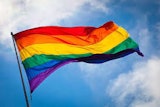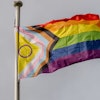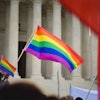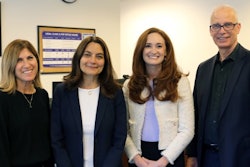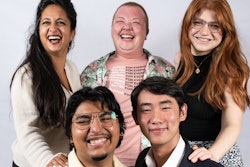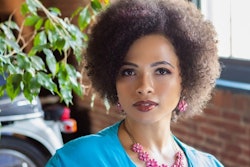Dimensions of Diversity
By Julianne Malveaux Most of the time, when people of color talk about diversity, we refer to race and gender. We want to see faculties and boardrooms that “look like America,” with representation that approximates population representation. In other words, we want to see some African-Americans, Latinos, Asian Americans, American Indians and women sitting around the table. If about half the folks are women, and one is either African-American or Latino, we think folks are doing pretty well.
My recent experience in helping to develop the program at the Millions More Movement (Oct. 15, 2005) reminds me that such diversity simply scratches the surface.
It is often easy to ignore the diversity that exists within race and gender groups, but this is a diversity that we ignore to our detriment. What do I mean? As we slated speakers for the Millions More Movement, we were confronted with all kinds of diversity dilemmas.
African-Americans are Christian and Muslim, but also atheist and agnostic. We are civil rights activists and nationalists, seniors and youth. Some of our young people attend college. More are neither attending college nor planning to, and their concerns are equally important. Most of us are heterosexual, but many are homosexual, bisexual or transgendered. Some of us are professionals, but far more are workers. Part of our effort in the Millions More Movement was to present a tapestry of unity among African-American people, and in large part we succeeded. Despite grousing and some criticism from individuals who were disgruntled that they were not included, no sector of our community (except perhaps Black conservatives, who had no interest in participating) was missing from the program.
Much of my work has focused on broad issues of diversity. I teach a class at Bennett College on diversity in the 21st century. I am all too familiar with the laws that mandate inclusion of African-Americans, Latinos, Asian Americans, the differently-abled population, those with religious differences and gay and lesbian people. It is perhaps more challenging, though, to deal with issues of internal diversity in any community and to understand some of the tensions that may impede unity within communities.
In the Latino community, for example, Mexicans, Cubans, Puerto Ricans, Dominicans and Latin Americans have different histories, issues and concerns. In the African-American community, everyone with melanin in their skin isn’t on the same page about public policy. Even when there is agreement about issues of oppression (and there often isn’t), there are differences about the path one takes to close the racial economic gap. Some folks say, “Get over it and work hard,” others say the government should do more, and still others agitate for reparations. In some ways these are not mutually exclusive approaches (except for the “Get over it,” argument, which seems to ignore history). But among some, the fault lines of difference are starker than differences between African-Americans and Whites.
I’d love to know if the legendary “Willie Lynch” document is real or imaginative fiction. That document is purportedly the writing of a slave master who explains how to keep slaves divided as light and dark, house and field and such. In any case, a century and a half after emancipation, African-American economists will actually spend two sessions at a professional meeting this winter analyzing skin color difference among African-Americans. While I was appalled at the notion that brilliant minds could be diverted to parse such trivia, perhaps my colleagues are quantifying the Willie Lynch syndrome. And the issues they deal with are, perhaps, real. A decade or so ago, an African-American employee sued the IRS because another African-American had allegedly discriminated against her on the basis of her skin color. That’s another dimension of diversity that people allude to but don’t much talk about. The sociologist Andrew Hacker called it “colorism” when he attempted to explain why Asian Americans are treated as “honorary Whites.” It would take a White sociologist to give Asians such an oxymoronic appellation. Wayne State University Law School Dean Frank Wu has a more layered explanation for the Asian American experience in his book Yellow.
The diversity movement suggests that there is strength in our differences and that our differences enhance each other. At the same time, the movement insists that our differences should not have economic, social or political consequences. We are entitled to the same access to resources and opportunities regardless of our differences. Historically, this has certainly not been the case, although laws passed in the latter part of the 20th century certainly altered the legal landscape. But Hurricane Katrina is one of the more recent reminders that there is no level playing field, and that things like racial difference translate into differential access to resources.
Still, considering diversity broadly ignores some of the intragroup diversity issues that also need attention and consideration. I was reminded of these differences during the Millions More Movement, but also reminded that recognizing differences and understanding them has the potential to strengthen, not weaken, both our communities and our nation.
© Copyright 2005 by DiverseEducation.com
